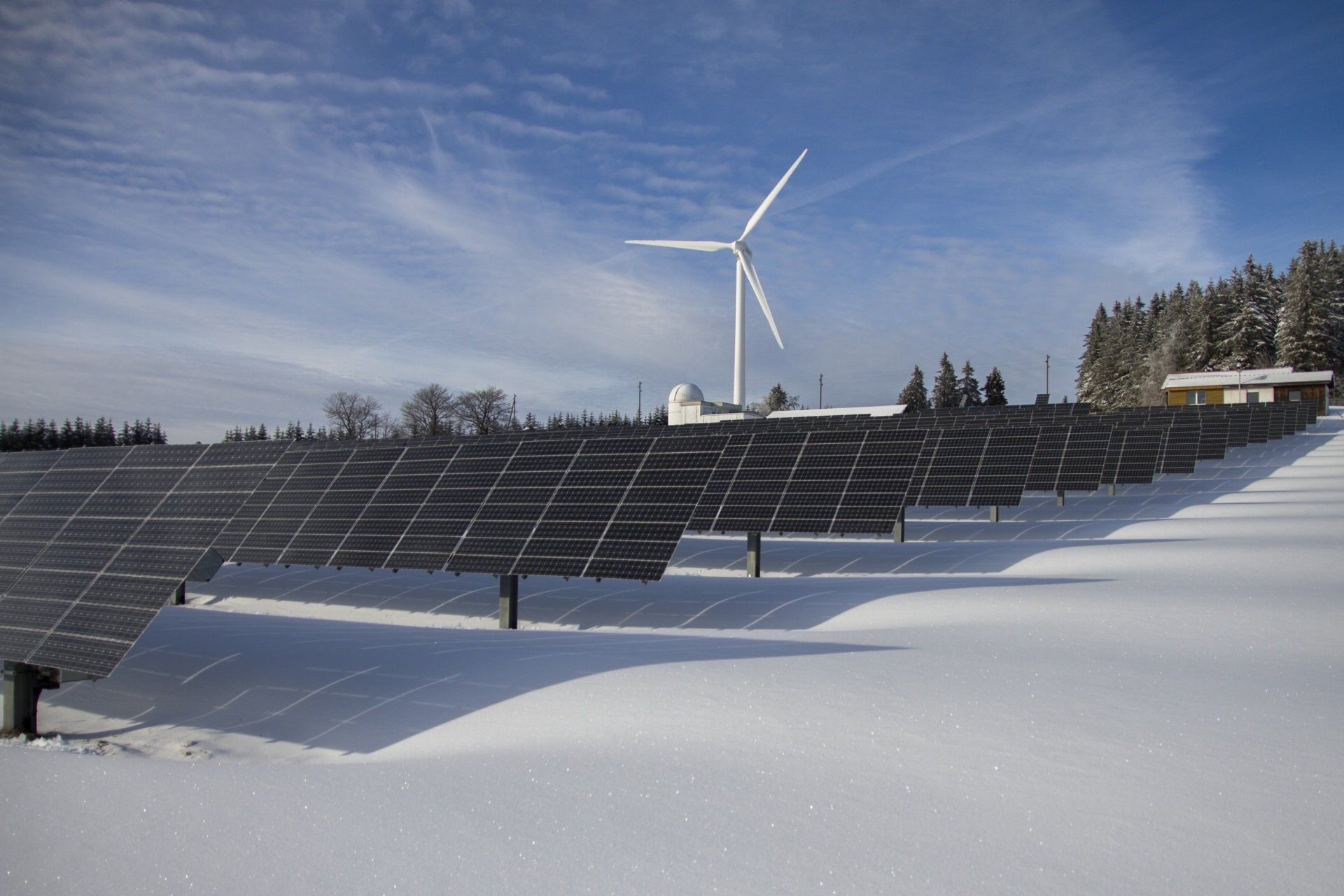Harnessing the Power of the Elements: The Synergy of Photovoltaics and Wind Energy in Renewable Power Generation
Exploring the Complementary Nature of PV and Wind Technologies in the Pursuit of a Sustainable Energy Future

Introduction:
In the quest for a sustainable energy future, harnessing renewable sources is vital. Among the frontrunners in this endeavor are photovoltaic (PV) and wind energy technologies. While each has unique advantages, their synergy presents an exciting opportunity for maximizing renewable power generation. In this article, we delve into the complementary nature of PV and wind energy, highlighting their benefits and exploring their role in building a greener world.
Harnessing the Sun's Energy with Photovoltaics:
Photovoltaic systems utilize the sun's energy to generate electricity. Solar panels, consisting of interconnected PV cells, convert sunlight into direct current (DC) electricity. This clean and abundant source of energy has numerous advantages:
- Decentralized Power Generation: PV systems can be installed on rooftops, in residential areas, and in larger solar farms. This decentralized approach allows electricity to be generated closer to the point of consumption, reducing transmission losses and enhancing grid resilience.
- Scalability and Modularity: PV systems are highly scalable, accommodating various energy demands. From small residential installations to large utility-scale projects, solar arrays can be customized to meet specific needs. Furthermore, their modularity enables easy expansion and integration with other renewable technologies.
- Zero Emissions: Solar power generation produces zero greenhouse gas emissions, contributing to mitigating climate change and reducing reliance on fossil fuels. By transitioning to solar energy, we can significantly reduce our carbon footprint and combat environmental degradation.
Harnessing the Power of Wind:
Wind energy is harnessed through wind turbines, which convert the kinetic energy of the wind into mechanical energy and, subsequently, electrical energy. Here are some notable benefits of wind power:
- Abundant and Renewable: Wind energy is an inexhaustible resource. As long as the sun continues to heat the Earth and create atmospheric differences, wind will prevail, making it a reliable and sustainable source of power.
- Efficient and Cost-Effective: Advances in turbine technology have made wind energy increasingly efficient and cost-effective. As a result, the cost of wind power has significantly decreased over the years, making it competitive with conventional energy sources.
- Land Utilization: Wind turbines can be installed on both onshore and offshore locations, utilizing land and sea areas that are often unsuitable for other purposes. This land diversification contributes to sustainable land use practices.
Synergy: PV and Wind as Complementary Technologies:
PV and wind energy technologies are highly complementary, offering synergistic benefits that enhance the efficiency and reliability of renewable power generation:
- Complementing Power Generation Profiles: Solar energy production peaks during the day, aligning with peak electricity demand. In contrast, wind energy often reaches its maximum output during nighttime or seasonal periods. The combined use of PV and wind helps balance power generation, optimizing renewable energy utilization.
- Diverse Resource Availability: Different regions possess varying renewable energy potentials. While some areas may have abundant sunlight, others may be windier. By incorporating both PV and wind technologies, we can leverage the resources available in a particular location, ensuring a more stable and consistent energy supply.
- Grid Stabilization: The intermittency of both solar and wind energy can pose challenges to grid stability. However, by combining PV and wind systems, their intermittent characteristics can be balanced, smoothing out fluctuations and improving grid reliability.
Conclusion:
The combination of PV and wind energy technologies offers a powerful solution in the transition to a sustainable energy future. By leveraging their complementary nature, we can enhance renewable power generation, reduce greenhouse gas emissions, and pave the way for a greener.

